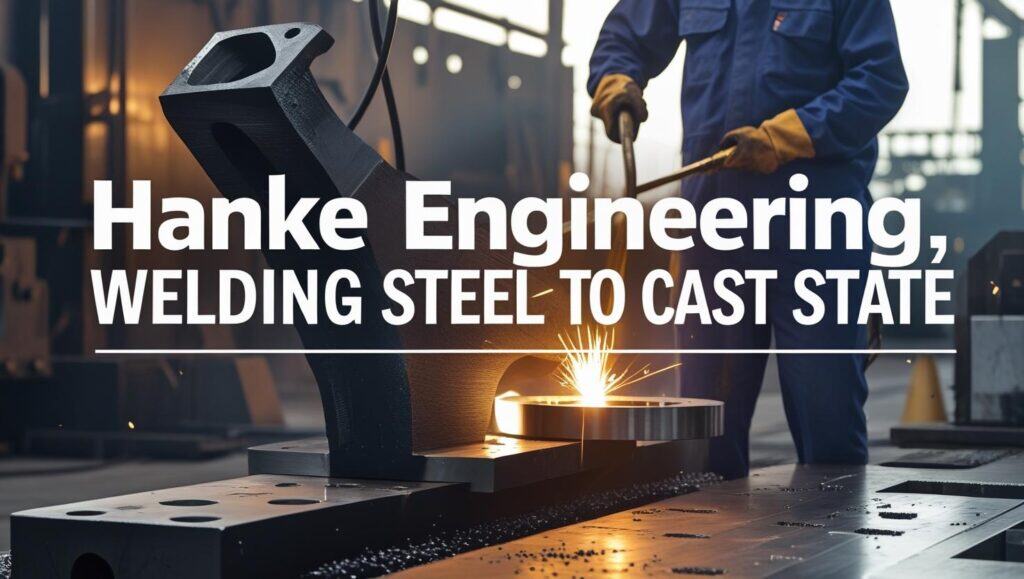Traditional core limitations are holding back your designs. If you have ever struggled to create internal features in complex parts, you know that conventional cores can quickly become the bottleneck. That is where soluble cores step in, offering a smart solution for unlocking complex geometries that were once impossible or too costly to manufacture.
Here I will tell you everything from welded steel to As-Cast solution, what soluble cores are, why they are transforming industries like automotive, aerospace, and medical, and how to design with them to maximize performance and efficiency.
What Are Soluble Cores?
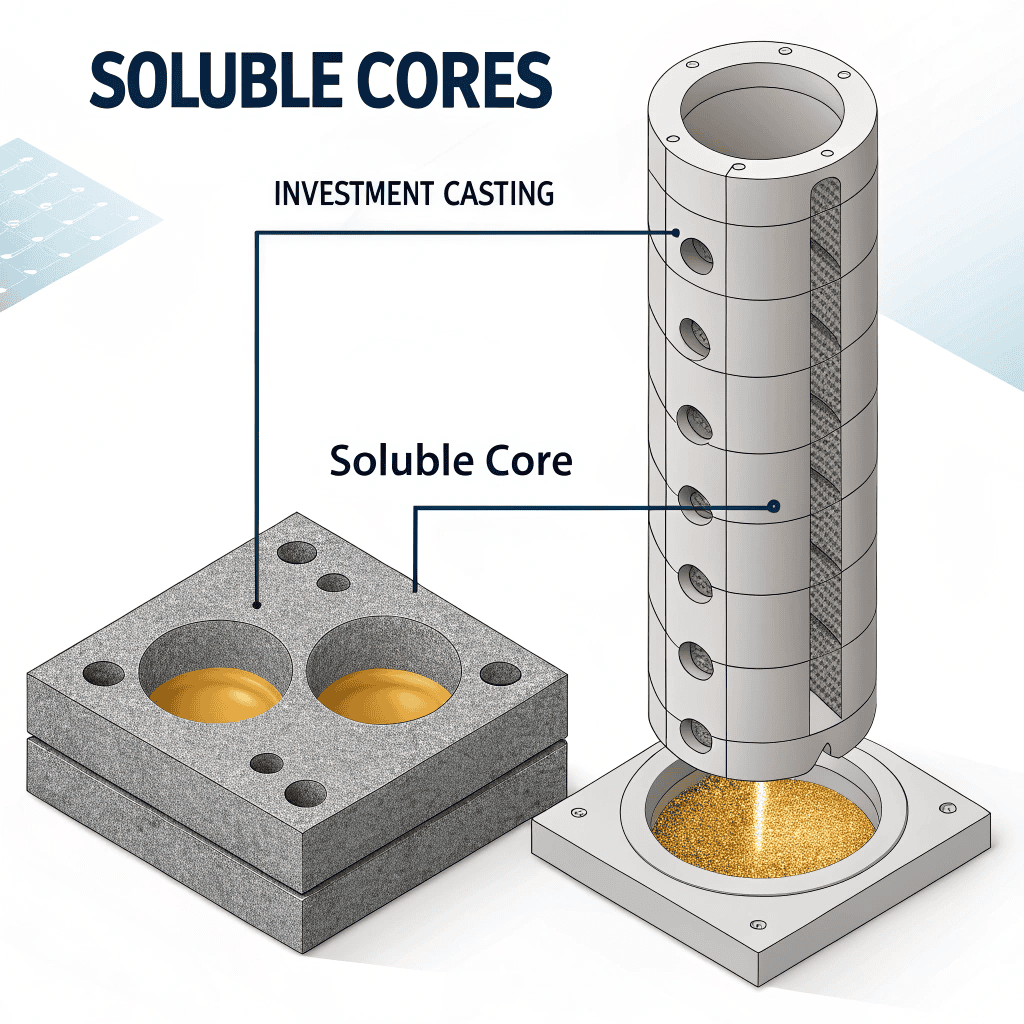
Soluble cores are temporary internal cores made from materials like salt, polymers, wax, or ceramics. They are used in casting and molding processes to create complex internal cavities and are later removed by dissolution, often through a simple water flush or chemical solution.
These cores can be used in:
- Metal casting (e.g., aluminum, magnesium)
- Injection molding for plastics and composites
- Sand casting and investment casting
How Soluble Cores Are Removed?
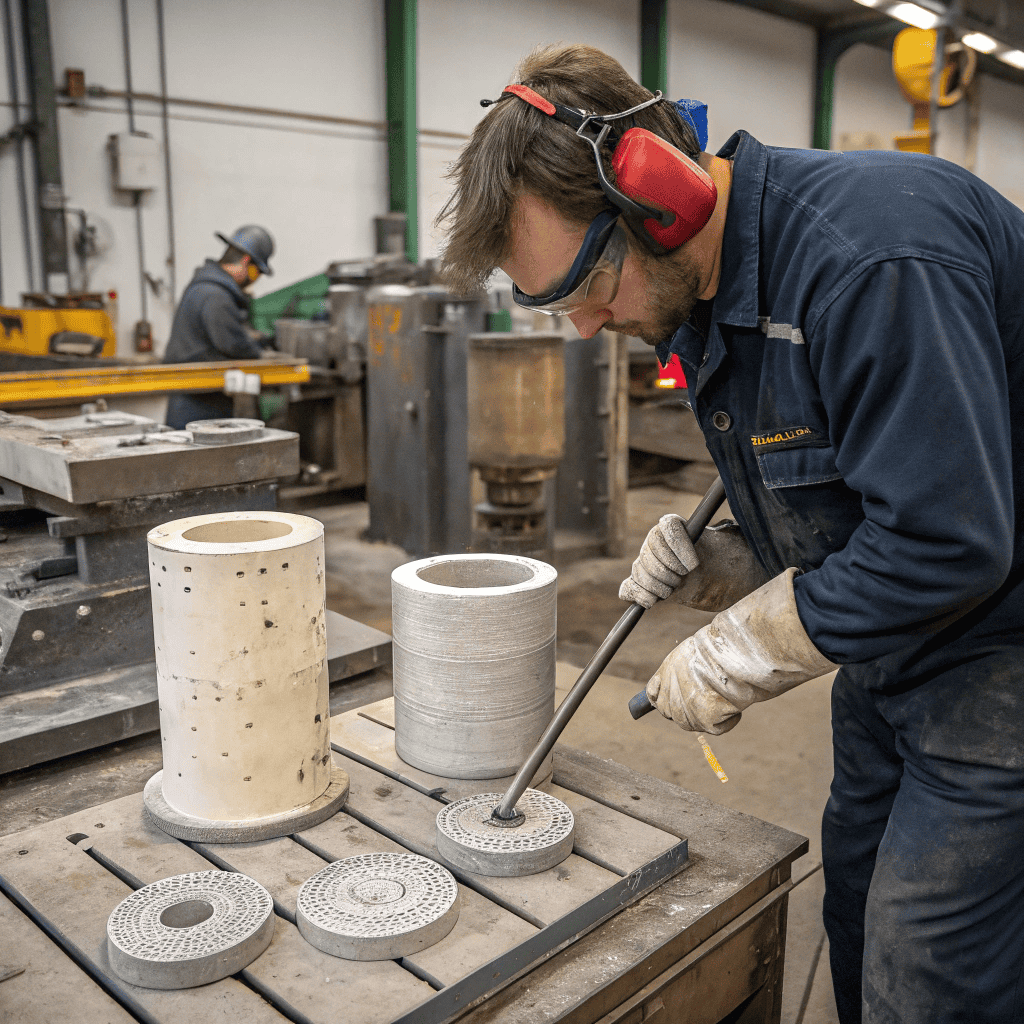
Once the part has solidified or been fully molded, the soluble core is removed, leaving behind clean, precise internal cavities that would otherwise be impossible to create.
The removal method depends on the core material and the surrounding part’s tolerance to heat, moisture, or chemicals:
- Water Flushing:
Most commonly used with salt-based cores, water flushing involves dissolving the core using a high-pressure water jet or immersion. This method is efficient, clean, and non-damaging to the final part. - Solvent Rinsing:
For cores made from water-soluble polymers or specialty wax blends, chemical solvents may be used. This ensures complete core dissolution without leaving residue or affecting fine internal features. - Thermal Decomposition:
Wax or low-melting polymers can be removed by heating the part in a controlled oven or autoclave. The core material melts or burns away, often aided by gravity or airflow. This is particularly useful in high-temperature metal casting, where mechanical removal is impractical.
In each case, removal is designed to be non-invasive, ensuring that even delicate or intricate internal structures remain intact and free from damage.
The ability to remove cores cleanly and efficiently is what makes soluble core technology ideal for complex part geometries.
Why Use Soluble Cores?

Soluble cores offer unique benefits that traditional coring methods can’t match. Utilizing soluble cores provides many benefits, but the biggest benefit is the ability to design components with more complexity in the core of the part without costly secondary operations.
Without the need for additional machining, engineers enjoy greater design freedom. Additionally, the elimination of secondary operations means that you’ll save time in the manufacturing process, and therefore, save on manufacturing costs.
Key Advantages:
- Enable Complex Inner Cavities: Water Soluble cores allow the creation of internal features that would trap traditional cores.
- Reduce Part Assembly: You can combine multiple parts into one, eliminating assembly steps.
- Lower Core Breakage Risk: Soluble cores reduce the chance of core shifting or breakage during molding.
- Better Surface Finish: Soluble cores often leave smoother internal surfaces compared to collapsible cores or sand cores.
- Tighter Dimensional Control: Ideal for precision parts in industries where accuracy is critical.
Designing for Soluble Cores
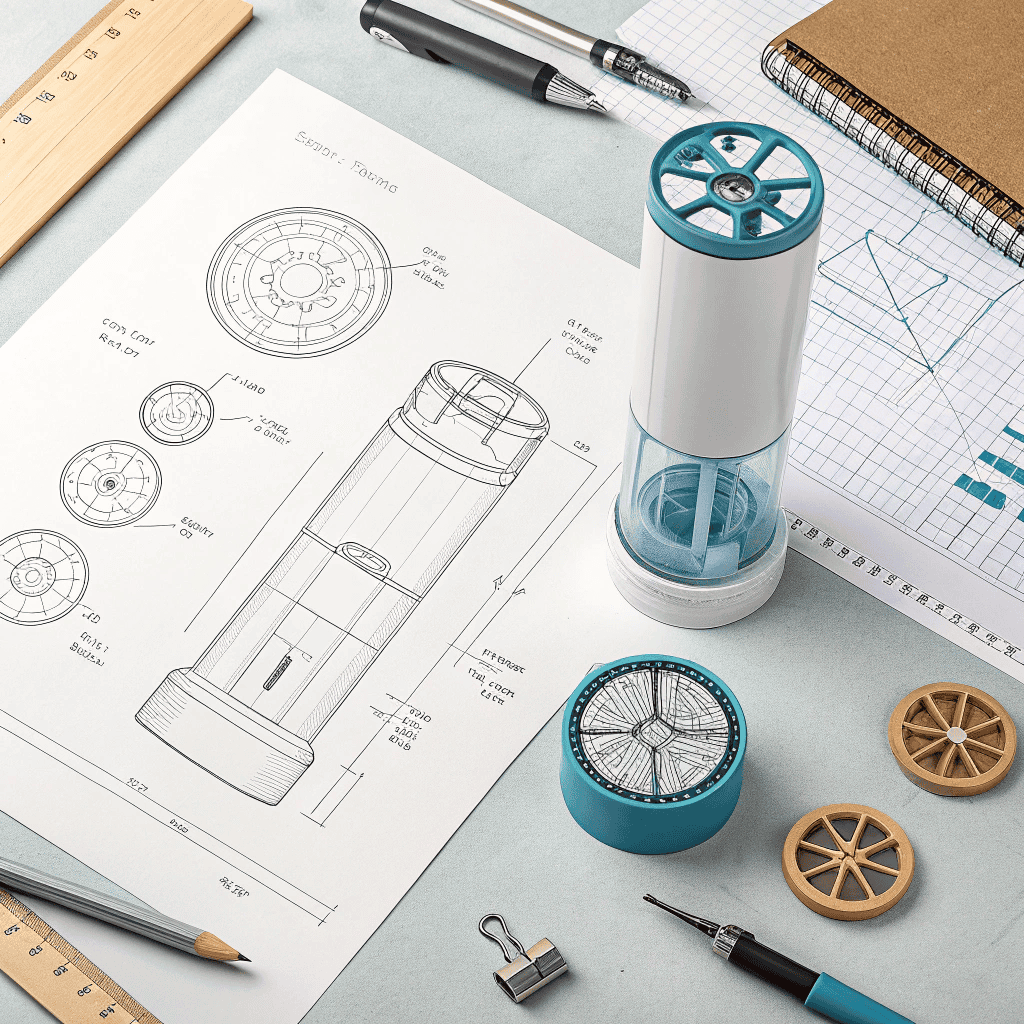
Designing with water soluble cores requires careful planning. The material is used to make soluble cores (aka mandrels) for the production of hollow fibre-reinforced composite parts. Applications include the moulding of hollow pressure vessels, robot legs, and cable ducts. Here are some essential design tips:
Design Guidelines:
- Wall Thickness: Maintain minimum wall thickness to ensure proper core support and material flow.
- Draft Angles: Slight draft angles help with mold release, though less critical for soluble cores than for collapsible cores.
- Flow Considerations: Ensure material can flow evenly around the core during injection or casting.
Support Structures:
- Design soluble cores with internal supports if needed to maintain stability during the manufacturing process.
Tooling Considerations:
- Ensure material compatibility with the casting or molding temperature.
- Use temperature resistant soluble core materials for high heat processes.
Digital Integration:
- Leverage CAD/CAE tools to simulate flow and core placement.
- Soluble core-specific simulation helps predict potential failure points.
Applications with Complex Inner Cavities
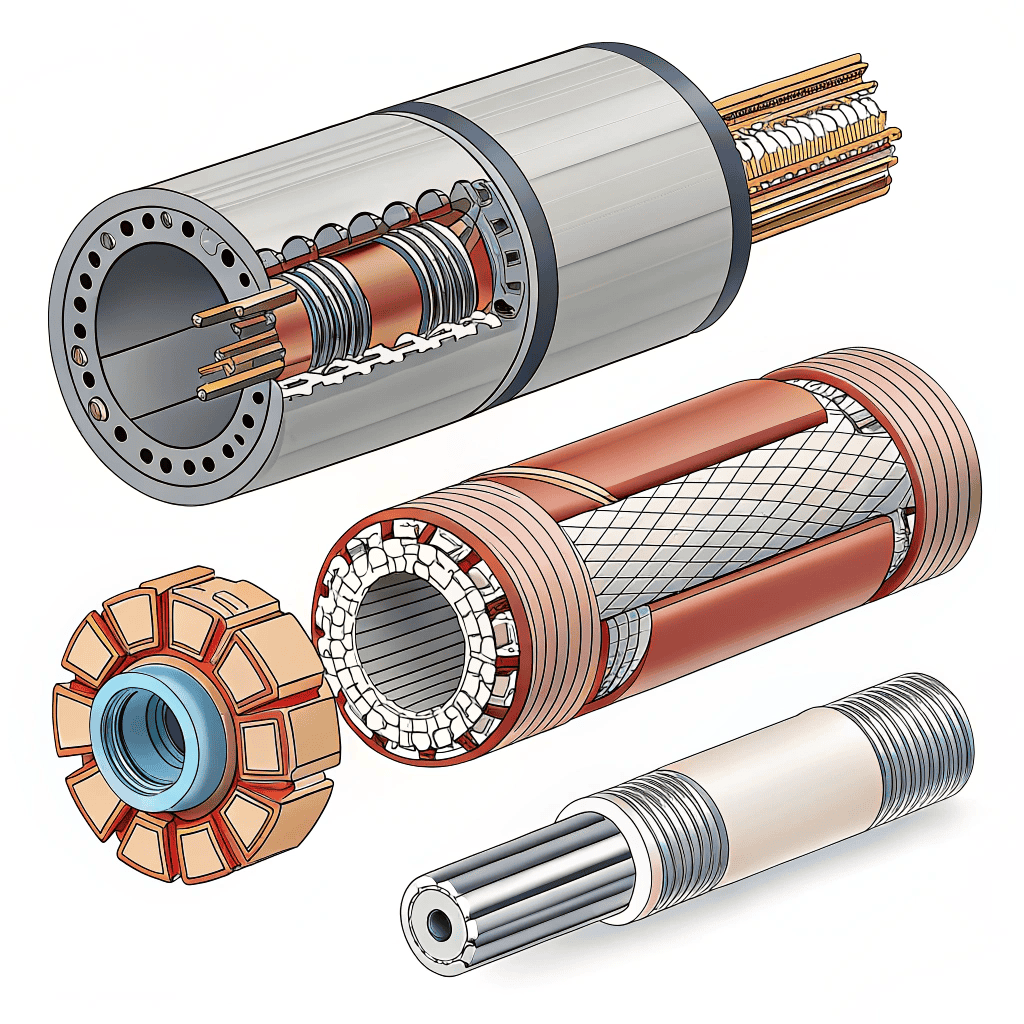
Soluble cores are transforming how engineers approach the challenge of designing for complex inner cavities. Whether you’re working in metal casting, injection molding, or advanced composite molding, using water-soluble cores or leachable core technology can unlock new design possibilities and reduce manufacturing constraints.
Here’s how different industries are leveraging the benefits of soluble cores:
Automotive
Soluble cores are widely used in casting for turbocharger housings, car parts, and engine components that require internal features like:
- Integrated oil and coolant channels
- Trapped geometry for airflow optimization
- Weight-reduced, single-piece hollow parts that replace complex assemblies
By designing for soluble core integration early in the development process, automotive engineers can reduce part count, enhance performance, and improve thermal efficiency.
Medical Devices
In the medical industry, hollow injection molding with soluble cores enables the creation of:
- Microfluidic channels in diagnostic cartridges
- Internal drug-delivery mechanisms with high dimensional precision
- Biocompatible hollow components without secondary assembly
Because core removal is non-invasive, sensitive geometries remain intact, ideal for critical applications where accuracy and cleanliness are paramount.
Aerospace
Lightweight and high-strength components with internal ducting are essential in aerospace systems. Soluble cores support the production of:
- Cooling channels inside turbine blades or housings
- Fuel or air passages in complex ducting systems
- Structures with trapped geometries that would be impossible using collapsible or sand cores
The advantages over collapsible cores include improved dimensional control and the ability to withstand high casting pressures and temperatures.
Cost-Benefit Comparison with Traditional Coring Methods
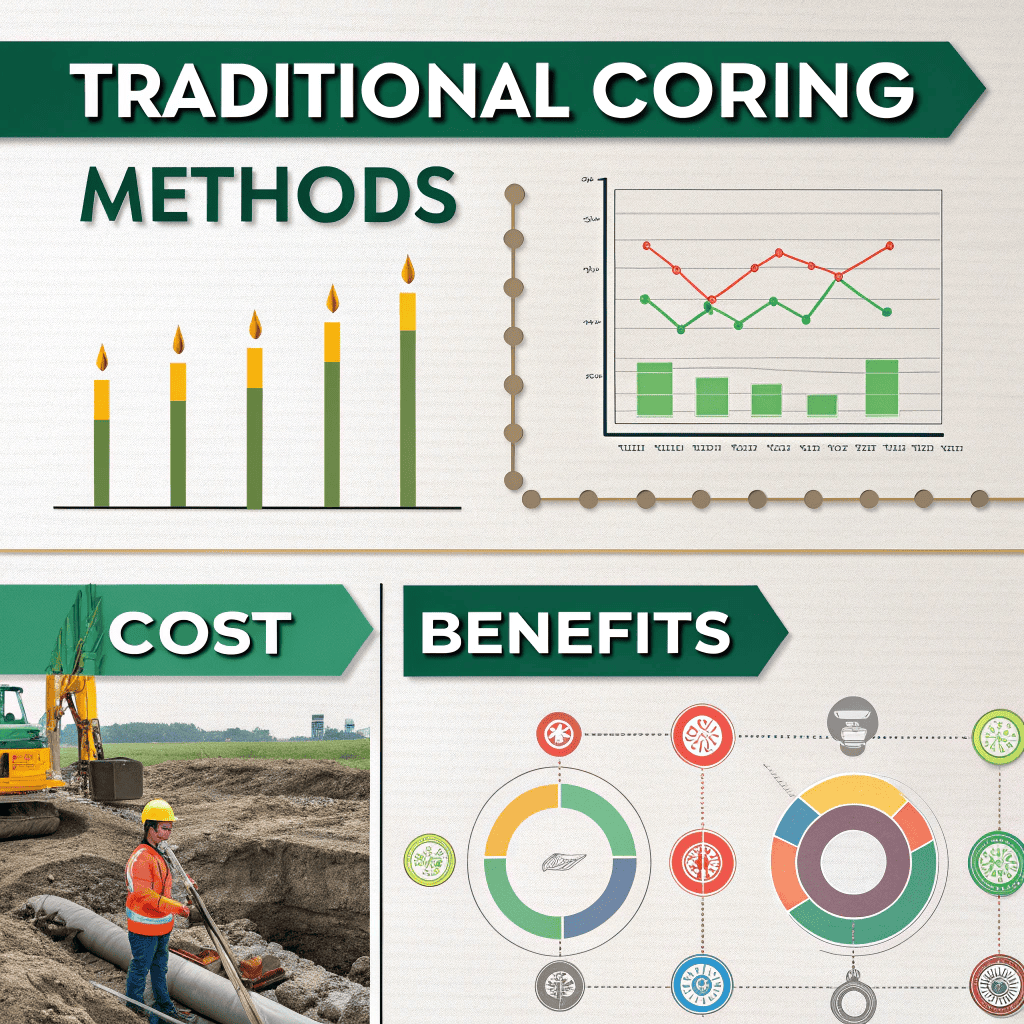
When evaluating whether to use soluble cores or stick with traditional core technologies like sand cores or collapsible inserts, it’s essential to consider both direct and indirect costs.
While soluble cores may carry a higher upfront cost for materials and tooling, the overall benefits often lead to significant savings in design complexity, manufacturing time, and part performance.
Direct Cost Comparison
| Aspect | Traditional Cores (Sand, Collapsible) | Soluble Cores (Salt, Polymer, Leachable) |
| Core Cost | Low to Moderate | Moderate to High |
| Tooling | Often complex with sliding or moving elements | Simpler molds with fewer moving parts |
| Cycle Time | May require secondary machining or assembly | Single-shot molding reduces operations |
| Core Removal | Manual extraction or disassembly required | Automated dissolution (water, heat, solvent) |
Benefits of Soluble Cores That Offset Costs
- Design Efficiency: Allows consolidation of multiple parts into a single mold, reducing assembly labor and inventory.
- Improved Part Quality: Fewer joins and interfaces mean better dimensional accuracy, surface finish, and structural integrity.
- Complex Geometry: Enables trapped geometry and internal features that are impossible with rigid or collapsible cores.
- Faster Time to Market: Reduces the need for design compromises or secondary machining.
Utilizing soluble cores provides many benefits, but the biggest benefit is the ability to design components with more complexity in the core of the part without costly secondary operations.
Without the need for additional machining, engineers enjoy greater design freedom. Additionally, the elimination of secondary operations mean that you’ll save time in the manufacturing process, and therefore, save on manufacturing costs.
When Are Soluble Cores More Cost-Effective?

Use soluble core casting or injection molding when:
- The part has complex internal cavities or internal channels that can’t be accessed with traditional cores.
- The geometry would otherwise require multi-part assembly or post-processing.
- Precision, weight reduction, or performance is more valuable than minor tooling cost increases.
While water-soluble core technology may involve higher material and tooling costs upfront, it delivers strong ROI in complex part design, streamlined manufacturing, and reduced downstream operations.
Challenges and Considerations
- Material compatibility (e.g., high-temp alloys)
- Core stability during casting
- Post-process core removal methods
- Cost and scalability factors
Challenges and Considerations in Designing for Soluble Cores
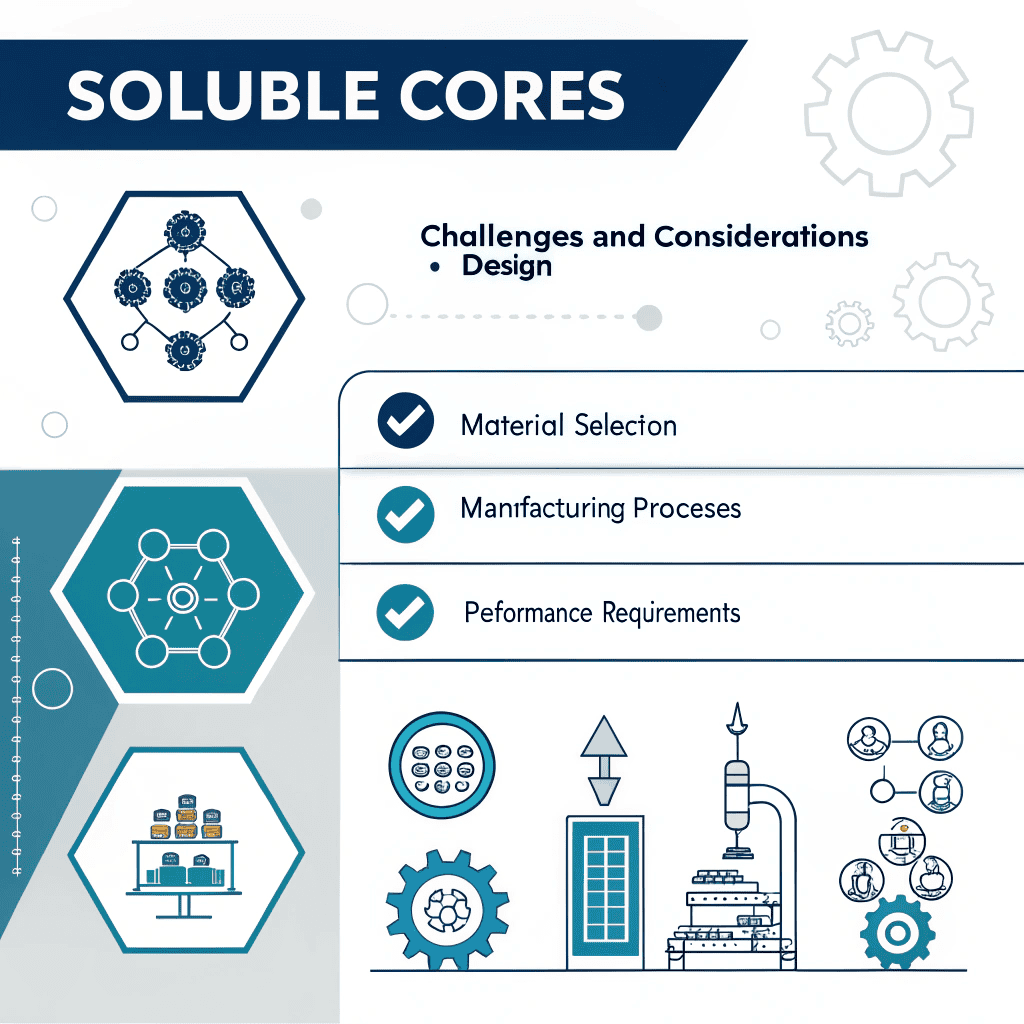
While soluble cores offer significant advantages for creating complex inner cavities, successful implementation requires careful planning and attention to key technical factors. When designing for soluble core integration, engineers must balance innovation with feasibility across process and cost.
To develop and analyze new soluble core technologies, particularly salt cores, as a replacement for conventional metal cores in high-pressure die casting. The research aims to determine the factors affecting the properties (strength, porosity, solubility) of salt cores—including the type of salt, binder usage, and compression/injection methods and establish optimal manufacturing processes. Furthermore, the study investigates methods for managing the salinity of circulating water to create an efficient cleaning system.
1. Material Compatibility
Soluble cores must be compatible with the materials and temperatures involved in casting with soluble cores, especially in metal casting.
- In high-temperature alloys (e.g., Inconel, titanium), core materials like salt or ceramic must withstand thermal loads without degrading or reacting with the base metal.
- Ensure core dissolution won’t compromise the surface finish or mechanical properties of the final part.
Tip: Always validate material compatibility during early DFM reviews to avoid costly rework or scrap.
2. Core Stability During Casting or Molding
One of the key risks in using water-soluble cores or leachable cores is mechanical failure during injection or metal pouring. Special vent holes are provided on the core to allow gasses to escape easily. Sometimes, cores are reinforced with low carbon steel wires or even cast-iron grids (in case of large cores) to ensure stability and resistance to shrinkage.
From time to time, casting defects can lead to premature failure of reformer columns. Although a strict quality control policy is expected for this type of component, such defects have been observed in columns produced by different well-recognized foundries. Any unexpected reformer column failures should be submitted to a full analysis and the results used to adjust the inspection plan of the specific reformer column battery.
- High injection pressures or thermal shock can crack or shift the core.
- Insufficient core support may lead to warping, deformation, or dimensional inaccuracies in internal features.
Design guidelines should account for:
- Proper wall thickness and fillets
- Strategic use of core supports or anchors
- Pre-drying or curing of the core to improve strength
3. Post-Process Core Removal Methods
Although core removal is a major benefit, it introduces additional steps that must be integrated into the manufacturing workflow.
- Water flushing (for salt cores) may require specialized equipment and fixturing.
- Thermal or solvent-based removal must be carefully controlled to avoid damaging delicate hollow parts or thin-walled features.
- Complete removal is essential to avoid contamination especially in medical or aerospace applications.
4. Cost and Scalability Factors
While soluble core technology reduces assembly and machining, it may not be cost-effective for all production volumes or part types.
- Tooling for soluble cores may be more complex initially, especially for 3D printed or multi-material cores.
- Core materials (salt, polymer) are consumables that add to per-part cost.
- High production volumes require robust automation of core production, insertion, and dissolution.
Scalability tip: For low to mid-volume runs or highly complex parts, soluble cores often deliver better ROI than traditional methods.
Future of Soluble Core Technology: Innovations and Sustainability

1. Innovations in 3D-Printed Soluble Cores
The future of soluble core technology is increasingly driven by 3D printing, offering the potential for greater precision, customization, and design flexibility. 3D printing allows for the creation of complex soluble cores that traditional methods could not achieve. With the ability to print geometries with microstructures, engineers can create intricate features inside parts without the constraints of conventional casting. This opens new doors for industries like aerospace, automotive, and medical, where component complexity is crucial for performance.
Moreover, 3D printing reduces production time and costs, especially when dealing with unique or low-volume parts, making soluble cores an even more attractive option for manufacturers looking to push the limits of design.
2. Sustainability: Biodegradable Core Materials
As industries move toward more sustainable solutions, the use of biodegradable core materials is gaining traction. New developments in water-soluble polymers and natural materials (such as biodegradable salts and plant-based resins) are making it possible to design eco-friendly cores that break down easily without leaving harmful residues behind.
By transitioning to biodegradable core materials, manufacturers can reduce waste, promote sustainability, and meet increasingly stringent environmental regulations. These materials offer a cleaner, more responsible alternative to traditional core removal methods, which often involve chemicals or heavy metals.
The focus on sustainability not only benefits the environment but also aligns with a growing consumer demand for responsible manufacturing practices. As industries prioritize eco-conscious innovations, soluble cores will play a key role in reducing the environmental impact of complex manufacturing processes.
3. Automation and AI in Core Design and Placement
Over the past decade, artificial intelligence (AI) has made remarkable advancements, impacting various sectors of society. The term AI can be traced back to the Dartmouth Summer Research Project on Artificial Intelligence in 1956 and the first neural network (NN) was trained by Frank Rosenblatt in 1958.
Over the years, the field has been through various epochs of optimism followed by pessimism and less interest in the field, when resources vanished and progress grinded to a halt.
The role of automation and artificial intelligence (AI) in soluble core technology is transforming how parts are designed and produced. AI-driven tools can assist engineers in optimizing core placement, predicting material behavior, and simulating core removal processes with greater accuracy.
By incorporating smart design systems and automated processes, manufacturers can streamline production and reduce human error, leading to improved part quality, reduced cycle times, and better consistency. AI systems can also help identify potential weak spots in the design, ensuring that soluble cores can be used more effectively and without risk of failure.
Automation is particularly valuable for scaling production, making it more feasible to manufacture high-quality, complex parts at a larger scale while minimizing costs.
Conclusion
Soluble cores are transforming part design and manufacturing, allowing for complex internal cavities, better efficiency, and lower costs. With innovations in 3D printing, sustainable materials, and automation, the future of soluble core technology is brighter than ever, benefiting industries like automotive, aerospace, and medical devices.
Hanke Construction Machinery Manufacturing Co., Ltd is already using soluble cores to enhance part quality and reduce production time and costs. For engineers and manufacturers, it’s crucial to consider soluble cores early in the design process to maximize these benefits and streamline your manufacturing.


